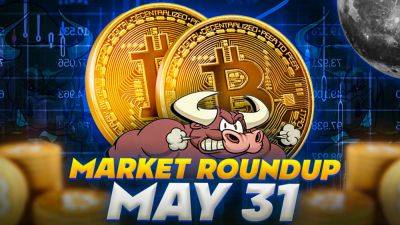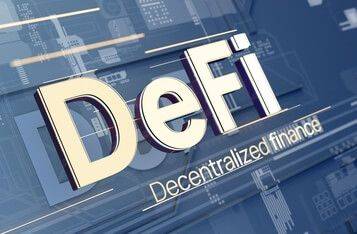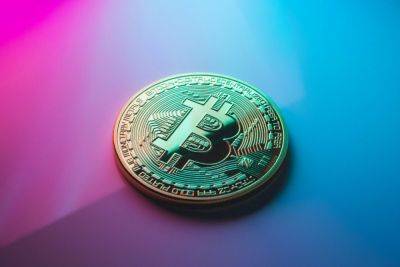RGB protocol may offer solution to Bitcoin’s Ordinals jam, proponent claims
Gideon Nweze, the founder and CEO of the newly launched Digital Bitcoin Art and Assets (DIBA) nonfungible token (NFT) marketplace, believes there’s an alternative way to bring NFTs to Bitcoin that doesn’t impact block space and transaction fees.
Nweze recently put this belief to the test, launching a beta version of his NFT marketplace on May 19. Rather than using Ordinals, it leverages the RGB Smart Contract Protocol to mint NFTs on top of the Bitcoin (BTC) network.
Since the introduction of Ordinals Protocol in January, Bitcoin-based NFTs and tokens have exploded in popularity, with more than 9 million total “inscriptions,” according to data from Dune Analytics. However, the rise of Ordinals has also invited its fair share of controversy, including its purported impact on block space and transaction fees.
On the other hand, the RGB Smart Contract Protocol comes from 2016, initially introduced as the “BHB Network” by Bitcoin developer Giacomo Zucco and then relaunched in 2019. It enables encrypted transactions with Lightning Network functionality, allowing users to mint NFTs without taking up huge amounts of space on the network.
Nweze told Cointelegraph that it is “extremely complex” but essentially works the same as a layer-2 scaling solution on Ethereum, and claims it could solve Bitcoin’s newfound blockspace problems.
Assets minted by way of the newly-introduced Ordinals Protocol have attracted widespread criticism for being inefficient and “clunky.” Nweze says this is because Ordinals inscribe assets directly “into” the Bitcoin blockchain, whereas RGB layers the transactions on top of the network.
It’s worth noting that the RGB Protocol is only capable of minting NFTs, not BRC-20 tokens.
However, there’s another
Read more on cointelegraph.com








